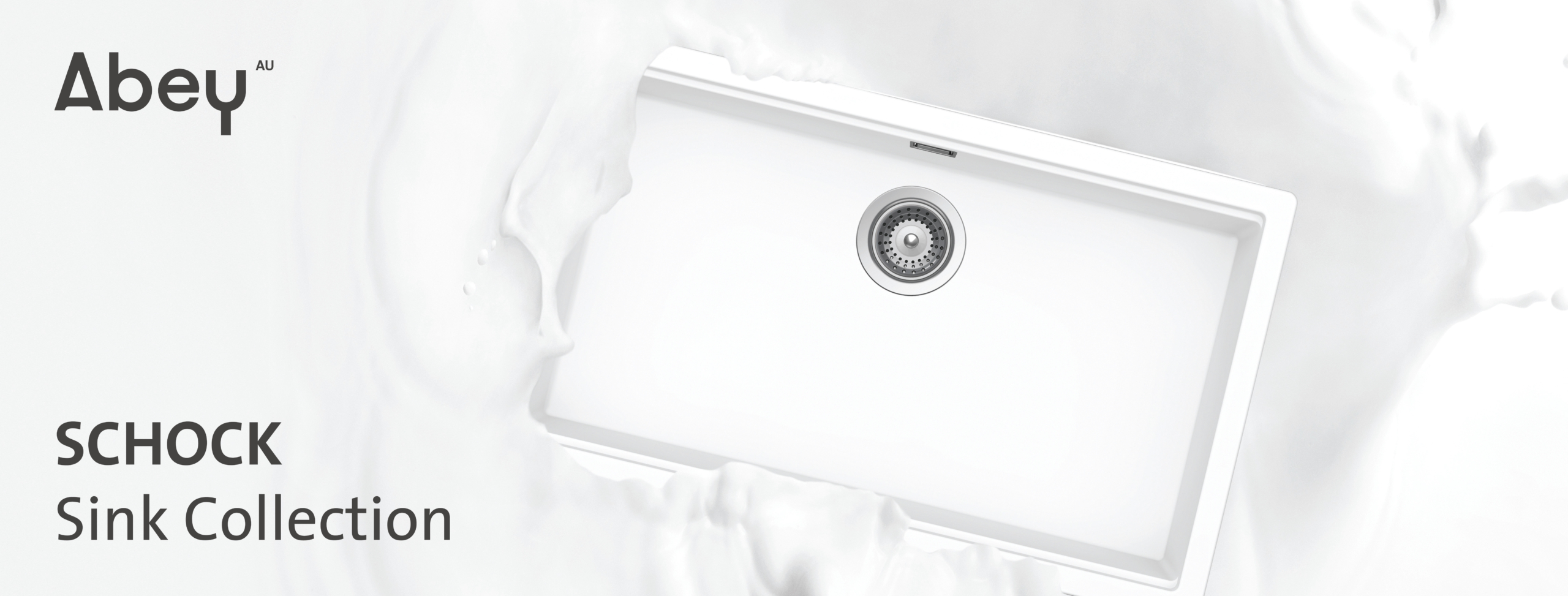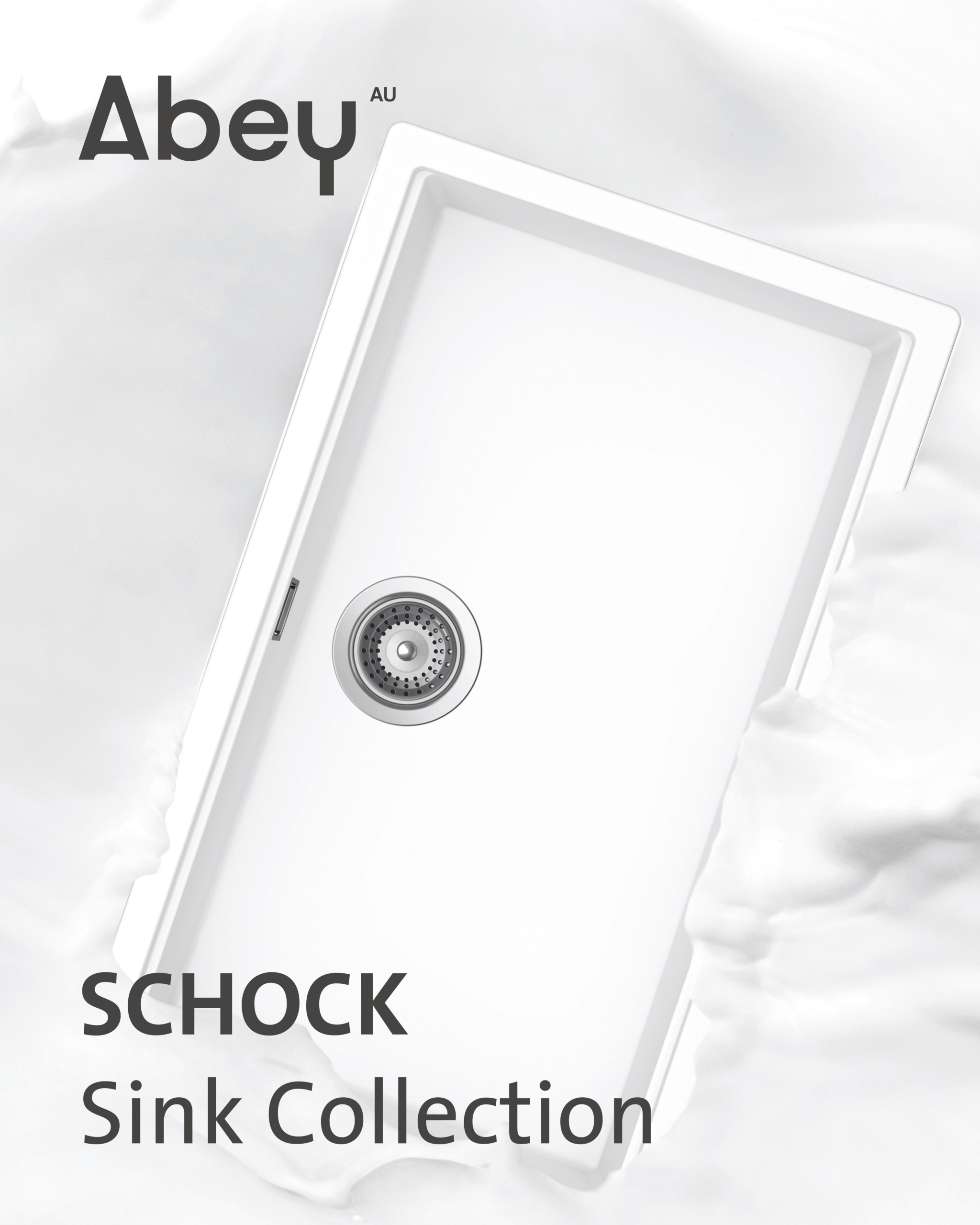
As the successor to the iconic P1 and F1 halo cars, the McLaren W1 hypercar is an on-road weapon. But as the British supercar maker gets ready to enter its next era, has plenty more up its sleeve.
Something special happens when you drive a McLaren on the road. It’s not the blindingly quick speeds, the sharp and agile handling, the pleasantly sporty ergonomics or anything to do with the experience behind the wheel. Unlike other supercars, in a McLaren, the traffic doesn’t outwardly hate you. People let you merge, they approach you to talk about the car and kids stare in wonder and awe, wave and sometimes follow you down the road. This doesn’t happen in say, a Lamborghini or a Ferrari, where the public response is quite the opposite. Quantifying the ways these British supercars unlock a childlike wonder is a fascinating exercise. Is it the futuristic, spaceship-like styling? The race car design DNA? The elegance of the curves?
Perhaps it’s because McLaren is one of the very few names that can claim a continuous racing pedigree, engineering know-how and legendary status, helped in part by Bruce McLaren’s glorious Kiwi ingenuity and audacity all those years ago. Perhaps it’s because McLaren represents a youthful, future-focused optimism, unmarred by the mid-century petrol culture that haunts so many brands. Away from the achievements on the racetrack, McLaren’s road car division moves with the agility of a startup, and at 14 years old, it’s just a baby.
In 1992, 18 years before the automotive division would be formalised, McLaren created its first-ever production car, the iconic McLaren F1. Now one of the most legendary cars ever made (of which only 106 were made), the F1 was the first production car to break the 200mph (322km/h) barrier. It was imagined by Formula One design legend Gordon Murray and looked like a jet for the road, a futuristic spaceship for the new millennium.
It’s been a long stretch between generations, with many special cars, including the Senna and sublime Speedtail, but only now has a new successor been worthy of the ‘1’ lineage: the McLaren W1.
Then, in 2012, came its successor, the P1. A pioneer of the electric-hybrid powertrains we see today, the P1 hypercar took all the podium-collecting knowledge gained in Formula One, including materials, design and applied technologies, like McLaren’s carbon-fibre monocoque and downforce mastery, and joined the F1 in status. It’s been a long stretch between generations, with many special cars, including the Senna and sublime Speedtail, but only now has a new successor been worthy of the ‘1’ lineage: the McLaren W1.
Limited to 399 customer cars and carrying a $3.9 million-plus price tag, the W1 is a monster. While it has all the smooth curves and beauty of its relatives, the W1 is much more striking and aggressive in the flesh, or rather, carbon fibre. That’s because it’s the fastest-accelerating, most aerodynamically advanced and lightest (in terms of power-to-weight ratio) road McLaren ever. Like the P1, it’s also developed with a highperformance electric-hybrid powertrain, with a new-gen 4.0-litre twin-turbo V8 at the centre. It produces a huge 938kW/1,340Nm of power and torque (sent predominately to the rear wheels) redlines at 9,200rpm, has a 0-200km/h bolt of 5.8 seconds, is electronically limited to top 350km/h and weighs just 1,399 kilograms. Plenty of Formula One learnings are behind these numbers, particularly when it comes to ground-effect, downforce, active aerodynamics and using lightweight 3D-printed materials – note the active long tail wing, the lower front active spoiler and the enormous side pods. Fifty-four years after his death, it’s evident the innovative, boundary-pushing spirit of the eponymous founder is as alive as ever.
“We have some of the best engineers in the world and they just want to create things,” says Heather Fitch, McLaren’s product manager for the W1, noting that many of the minds behind the machine are ex-Formula One. “For us, it’s been a decade on from the P1, and now is the right time because there’s been such a huge step in innovation and technology. We felt it was the right place and time to create something special that ticks every box, something that we feel is worthy of ‘1’ at the end of the badge.” The technologies Fitch speaks of aren’t just those found in the car either, they’re also powering the in-house development to move at speed including computing power, VR modelling and wind-tunnel data processing. Interestingly, this is where the relationship between design and engineering moves into a symbiotic space.
“We work with our aerodynamic team from the start,” says Tobias Schulman, McLaren Automotive’s chief design officer, noting that compared to his previous workplaces, which include Bentley, Aston Martin and Bugatti, this is not a common occurrence. “McLaren is something unique because we start the first sketch with the engineering team, aerodynamic team and ergonomic team. We think we have the best ergonomics in the world. You sit really low. You see everything. You feel safe.”
The McLaren design philosophy is performance by design, not form follows function. “This way, we can actively shape the car and not have to then wait,” he says. “That’s the difference – we work from the get-go as a team, more so than in every other company.”
While it has all the smooth curves and beauty of its relatives, the W1 is much more striking and aggressive in the flesh, or rather, carbon fibre.
Schulman joined McLaren in 2023, so he’s quick to explain he can’t take the full credit for the W1, aside from a few proportional nips and tucks. He was once the chief designer of special projects at the Norman Foster-designed McLaren Technical Centre and is best known for overseeing the McLaren Solus GT, a single-seat, very limited road car that was built off the back of a concept for the Sony Playstation game Gran Turismo. It’s this future-focused mindset that helped become the creative in charge of sketching the next era of McLaren. And yes, despite VR goggles being essential for that cross-division teamwork, he still reaches for his pencil first.
“It all starts with a sketch,” Schulman explains as he grabs a pad and begins drawing the front-on silhouette of a Formula One car, the basis of every McLaren design. “We’re coming from performance, from racing, Formula One.” Schulman points out the key elements that have guided McLaren in the past and will continue to do so in its next era: two elements (or air intake boxes) on either side of the nose, the long ‘performance line’ that trails the top silhouette of the car and rises over the driver’s shoulders, the sunken cabin, short rear overhang and open rear. Plus of course, the famous monocoque, which cocoons the occupants, and concave surfaces inside for a feeling of space. These are the essentials, he explains. “Like an athlete, we don’t have any extra fat,” he says. “We’re not bodybuilders. Our cars are lean and the muscles are defined, so everything feels vacuumed around the technical parts underneath. This is all very important, and this is what we want to have in the future.”
“McLaren is something unique because we start the first sketch with the engineering team, aerodynamic team and ergonomic team. We think we have the best ergonomics in the world. You sit really low. You see everything. You feel safe.”
The other thing about McLarens is even the most astute car spotter has trouble telling them apart. Schulman laughs and says, “This is true. But what we want in the future is to really separate the different models from each other. So you don’t just see a McLaren, you also know what type of car that is.” He adds, “With these elements, which build the base for our future, you can imagine that we now can change our cars dramatically.” Schulman says there are plenty of ideas on the table, including more seats for maximum social enjoyment. Could McLaren follow the path of other supercar makers and produce a 2+2 GT? Dare we whisper the words ‘crossover SUV’? For now, that’s staying within the walls of the MTC. Being a marque that’s so young, so agile and possesses an eager hunger for creation, is almost anything on the table? Schulman puts down his pencil. “I think we’re now moving more towards revolution, rather than an evolution.” And again, wonder abounds.
















